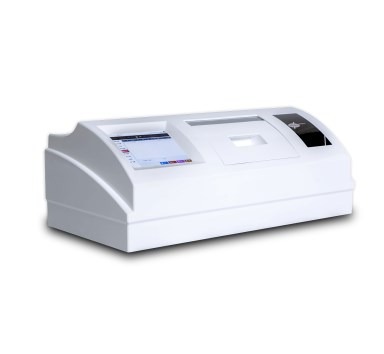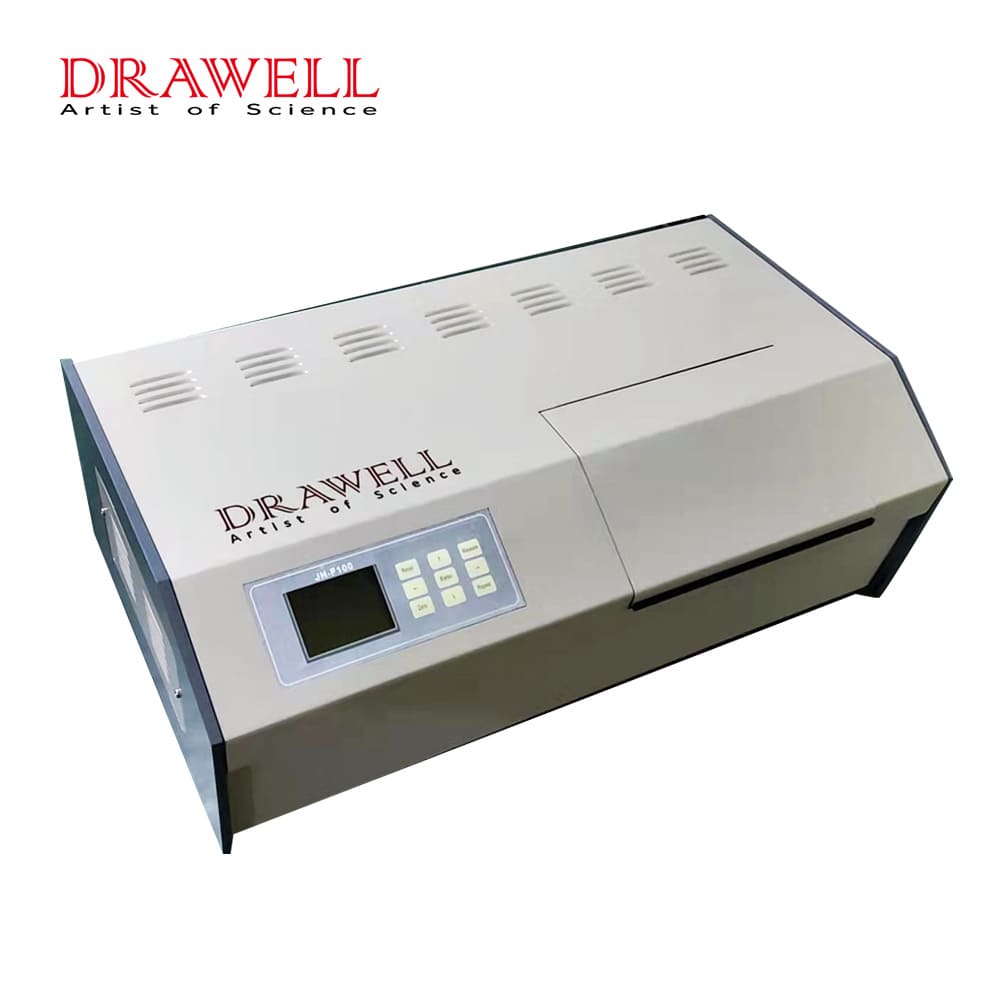Polarimetry, a technique that analyzes the rotation of polarized light, is widely used in a variety of industries, including chemistry, pharmaceuticals, and food and beverage. Polarimeters are useful for determining optically active substance concentration, purity, and specific rotation. In this article, we discuss the topic of polarimeter use, exploring the practical use of a polarimeter and its significance in ensuring precision and accuracy in a variety of applications.
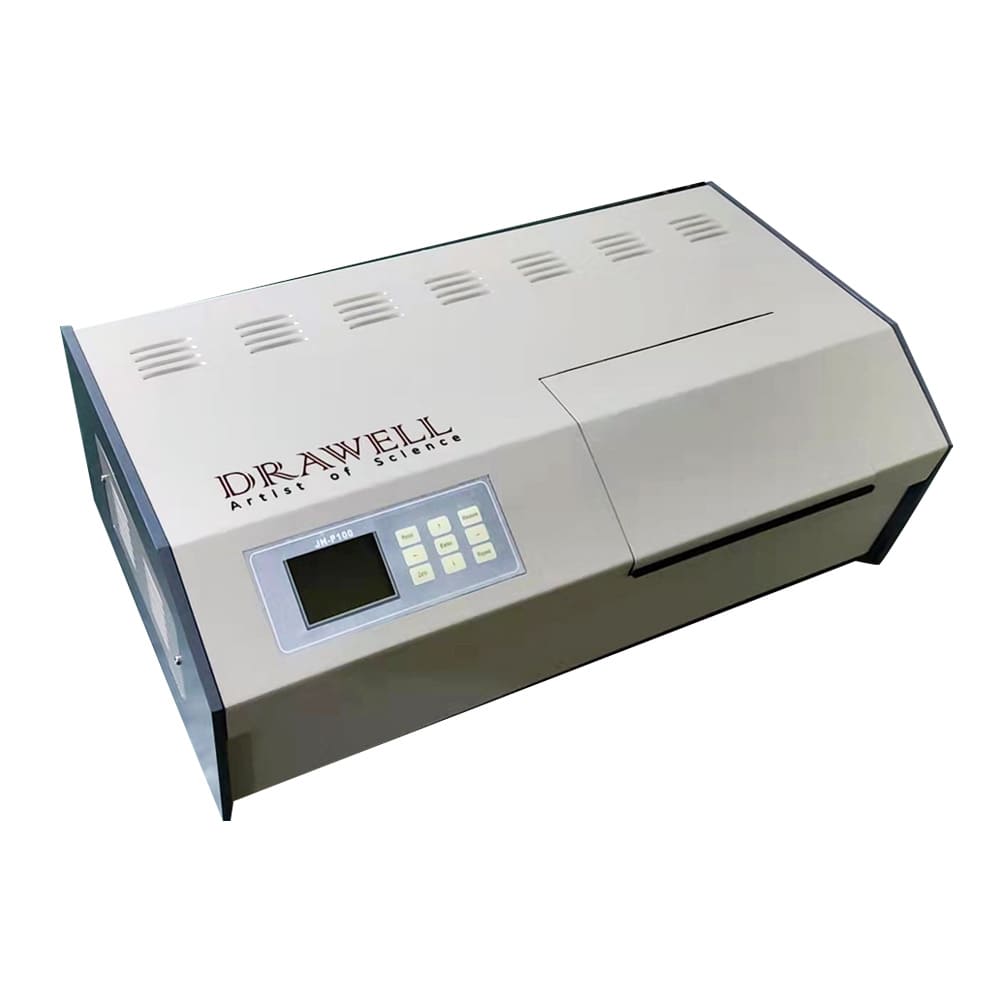
Understanding the Basics of a Polarimeter
A polarimeter is a device that detects the rotation of plane-polarized light as it passes through an optically active substance. This substance could be in the form of a liquid, a solid, or a solution. The degree of rotation is proportional to the optically active compound concentration and the length of the sample tube. The specific rotation, a key parameter derived from polarimetry, serves as a unique identifier for each substance and is essential in a variety of analytical processes.
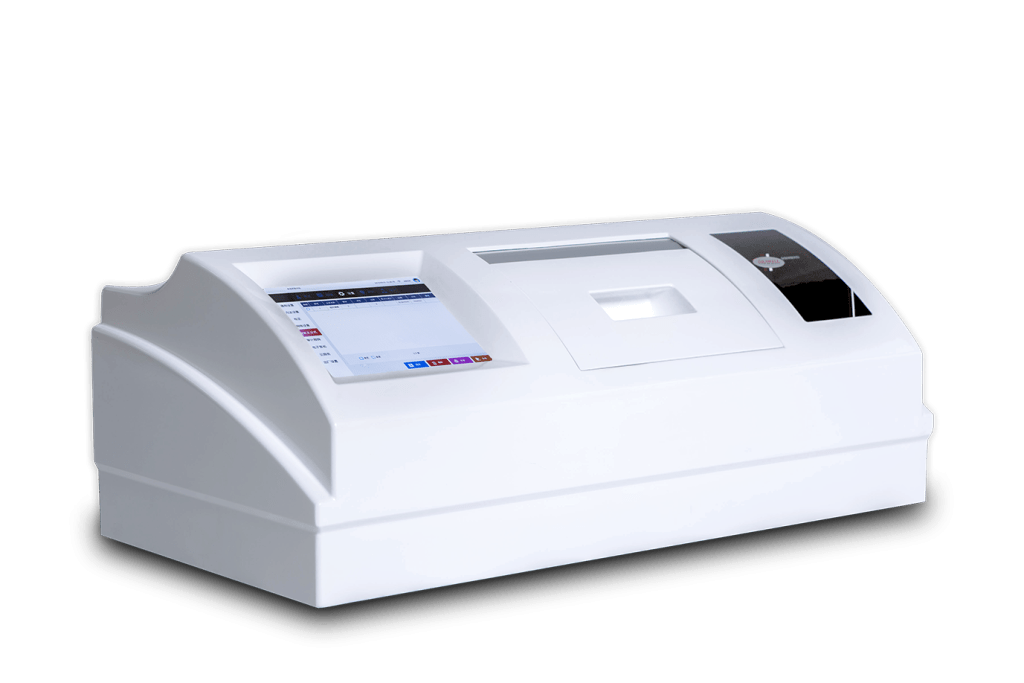
Key Components of a Polarimeter
- Polarizer
The polarizer is the component responsible for producing plane-polarized light. It allows only light waves oscillating in a specific plane to pass through, resulting in a uniformly polarized beam of light.
- Sample Tube or Cell
The sample tube or cell is a clear container that contains the substance being tested. The degree of rotation of polarized light is affected by the length of the tube and the concentration of the substance.
- Analyzer
The analyzer, which is located after the sample tube, is another polarizing element. An analyzer of a polarimeter can be rotated to detect changes in polarized light orientation caused by the optically active substance in the sample.
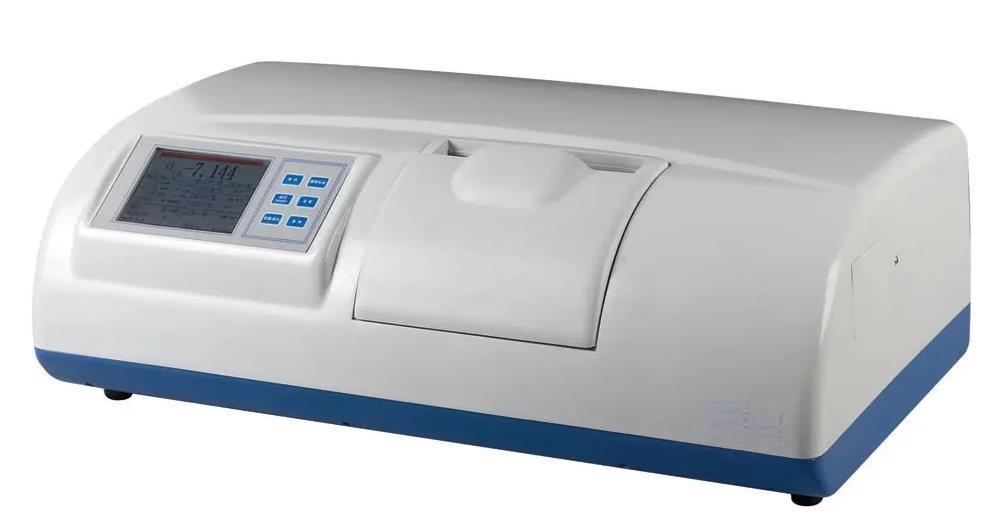
- Light Source
To generate a beam of light that passes through the polarizer, sample, and analyzer, a stable light source, typically a sodium lamp, is used. The wavelength of light is typically standardized to ensure consistency in measurements.
- Readout Scale
The polarimeter features a readout scale or digital display that indicates the angle of rotation of the analyzer. This measurement is then used to calculate the specific rotation of the substance in the sample.
Wide Practical Applications of a Polarimeter
1. Applications in Chemistry
- Chiral Molecule Analysis
Polarimeters are widely used in the study of chiral molecules with optical activity. This is especially important in the pharmaceutical industry, where the purity and concentration of chiral compounds have a direct impact on drug efficacy.
- Quality Control in Chemical Manufacturing
Polarimeters are essential for quality control in chemical manufacturing processes. Manufacturers can ensure that their products meet stringent standards by providing real-time information about the composition of chemical solutions.
2. Applications in Pharmaceuticals
- Drug Development and Formulation
Polarimetry aids in the formulation of drugs with precise concentrations of active ingredients in pharmaceutical research and development. This is critical for ensuring pharmaceutical product efficacy and safety.
- Quality Assurance in Pharmaceutical Production
Polarimeters are used in quality assurance processes by pharmaceutical manufacturers to verify the purity of raw materials and to monitor the consistency of final products.
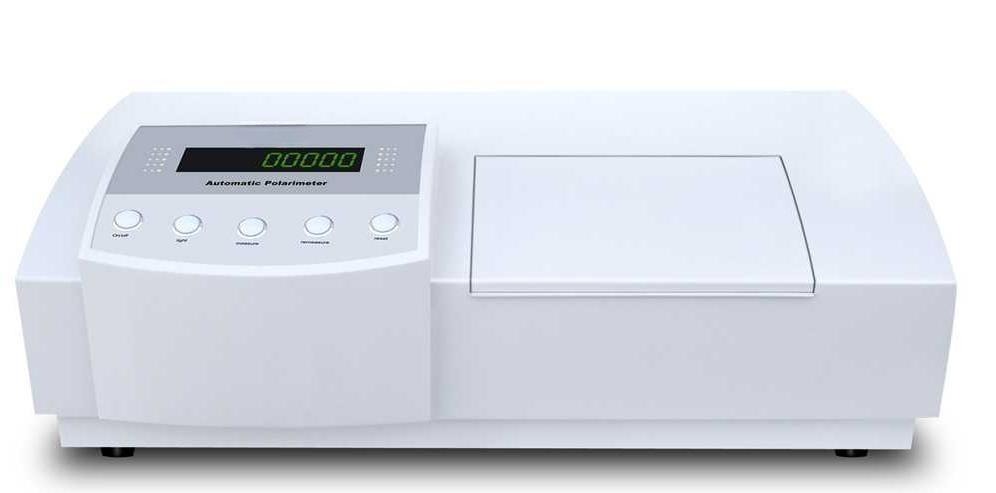
3. Applications in Food and Beverage Industry
- Sugar Content Determination
Polarimeters are widely used to measure sugar content in the food and beverage industry, particularly in the production of beverages, jams, and confectionery. This is critical for regulating the sweetness and quality of the finished products.ity of raw materials and the consistency of finished products.
- Quality Control in the Brewing Industry
Polarimetry is used in the brewing industry to monitor the concentration of sugars during the fermentation process, ensuring the production of consistent and high-quality beverages.
4. Applications in Instrumentation and Technology
- Automatic and Digital Polarimeters
Modern polarimeters frequently include automation and digital features that allow for more efficient and accurate measurements. These advancements improve the usability and dependability of polarimetric instruments.
- Temperature Control Systems
Many polarimeters incorporate temperature control systems to account for the temperature-dependent nature of optical rotation. This ensures that measurements are precise and reproducible across varying temperature conditions.
5. Educational and Research Use
Polarimeters are not only useful in industrial settings, but they are also useful in educational settings and research laboratories. Polarimetry is used by students and researchers to gain a better understanding of optical activity and to conduct experiments that contribute to advancements in a variety of scientific fields.
Conclusion
Polarimeters are critical in ensuring the accuracy, quality, and efficiency of processes in a variety of industries. From pharmaceutical research to food and beverage quality control, these instruments remain indispensable tools for professionals and researchers alike.

